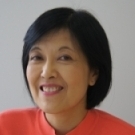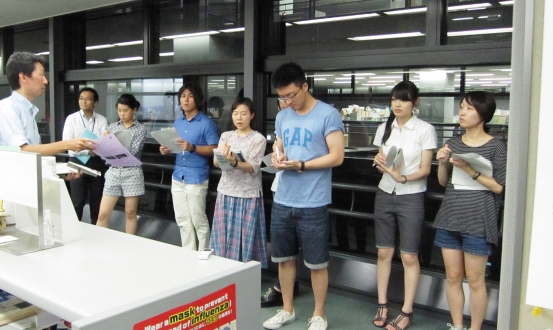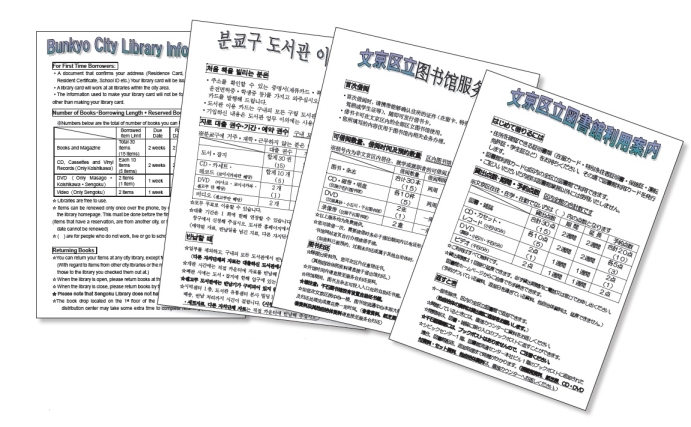International students contributing to local communities Translating administrative documents into multiple languages

Local UTokyo Project 29 @ Bunkyo City (Tokyo)

Mariko Harada / from Hongo, Tokyo
Lecturer
International Student Support Room (formerly the International Center Advising Room)
Around 8,000 foreign nationals live in Bunkyo City, which also has the most international student residents of the 23 wards of Tokyo. Thus, a critical issue faced by both the city’s foreign nationals and Japanese administrative officials is the language barrier. According to Mariko Harada, a lecturer at UTokyo who has been giving support to foreign nationals living in Japan for over 20 years, there is a pressing demand for administrative information to be provided in multiple languages.

Students participating in the project visited the municipal office, where they pointed out the need for multilingualization and also learned a bit about Japan’s administrative system.
“International students face difficulties with procedures at the municipal office, like those related to resident registration, taxation, pension, children’s education and so forth,” she explains. “These procedures are based on self-assessment, so those who do not submit the documents properly will be at a disadvantage.”
This issue was discussed within the University, and it was concluded that simply urging the municipality to provide information in multiple languages was unlikely to improve the situation. They therefore considered if there was anything they could do at UTokyo, and what they finally decided on was to utilize the language abilities of UTokyo students.
“In August 2015, we formed a team comprising six international students and two Japanese students, and had them translate the Japanese documents published by Bunkyo City into English, Chinese and Korean. It is worth noting that this was not a free translation service, nor was it a project contracted out by the municipal government. This was thoroughly a joint effort with the city.”

This guide for the Bunkyo City Library was translated into English, Chinese and Korean by the student team, and the foreign language versions are still in use.
The collaborative nature of this translation work has benefited those on both sides of the project. On the government side, administrative officials have become more aware of linguistic gaps that may prevent foreign nationals from understanding the exact meanings of Japanese words. For example, some languages do not have an equivalent to the Japanese term “kaigo” (caregiving), the differences between hoikuen (nursery schools) and yochien (kindergartens) are difficult for some non-Japanese to grasp, and some do not understand the concept of “gakku” (school districts), which may not exist in their countries. Meanwhile, the project has given participating international students first-hand experience to improve their understanding of Japanese culture and social systems.
“The project has ended for now, but we are using this opportunity to translate real estate contracts in cooperation with the Bunkyo branch of the Tokyo Real Estate Public Interest Incorporated Association. Also, we are introducing international students who can provide language support for children from overseas to the local board of education.”
Ms. Harada continues to push for multilingualization in the belief that it will lead to a better multicultural society.
|
32 Local UTokyo Projects
Held across Japan, from Kanto, Chubu and Western Tokyo to Itabashi and Hongo Numerous projects are being held across Japan by the University of Tokyo, and we introduce 32 of them in this edition of Tansei. On themes as varied as teacher training, farming, production of local goods and association football, these projects are just some examples of those now under way. UTokyo was, is, and will be engaging in projects with partners all across the country. |
Note: This article was originally printed in Tansei 35 (Japanese language only). All information in this article is as of September 2017.






